The last post generated quite a few interesting comments about the Steven Pressfield Blog, Chief Ajmal Khan Zazai, and the prospect of using specialized troops to embed with the tribes. With the election now decided this is an excellent time to talk about the tribes and more importantly a bottom up approach. The government in Kabul is not going to change – in fact they already fired a shot across the bow of the international community with a message that is easy to decipher. Check out this email which came from a senior security manager in Kabul last night:
Dear All,
Last night the Lounge Restaurant in Wazir Akbar Khan was raided by police and all their liquor confiscated. They were also on their way to Gandamak but it was already closed. I made a phone call to the Regional Police Commander for Kabul who confirmed that the police is indeed conducting raids on restaurants 2 reasons:
- Restaurants selling liquor are illegal
- Restaurants are being closed because of an outbreak of swine flu.
You are thus instructed not to visit any restaurants until further notice.
Regards,
XXXXXXX
The restaurants servicing internationals in Kabul have been operating for over six years now and are licensed, legal establishments who pay a ton in taxes and other charges to the local government officials. All of them openly sell liquor and always have because it is legal for non Muslims to drink alcohol in Afghanistan and, with the exception of the Taliban rule, always has been. And Swine Flu? Are you kidding me? The Kabul government is doing what the Taliban cannot do (yet) and that is driving out foreign aid workers so they can insert their own Afghan cronies to steal an even higher percentage of foreign aid dollars then they are currently stealing. Greed is a terrible thing which is why it is mentioned so often in the bible. And the Koran too for that matter but who cares about minor technicalities like that these days? Apparently nobody in the senior ranks of international community.
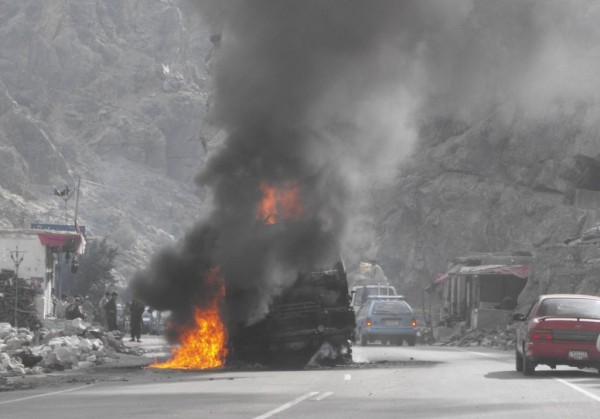
The central government is a much bigger hindrance to the efforts of the international community than the Taliban is which makes the option of bottom up change very appealing. Author Steven Pressfield, one of my all time favorite writers, started a blog in which has has posted a number of interviews with Chief Ajmal Khan Azazi who has formed a 11 tribe alliance in the Zazai valley of Paktia Province. An area that is astride the Pakistan border and thought to be under Taliban control. The interviews are remarkable for several reasons like the fact that Ajmal’s tribal fighters have driven both the Kabul government officials (who they consider to be corrupt and ineffective) as well as various Taliban bands out of their tribal lands.
I know Ajmal and have had two meetings with him in Dubai. He is good friends with The Boss and we are trying to get some cash for work projects going in his area. As you read through the various interviews with Chief Zazai you will notice instantly that he makes perfect sense to those who understand Afghan history. Afghanistan has never been effectively ruled by a central government in Kabul and the one that is there now is no exception. If we want to try a bottom up approach it is going to have to be done by partnering with tribal leaders like Chief Ajmal Khan Zazai.
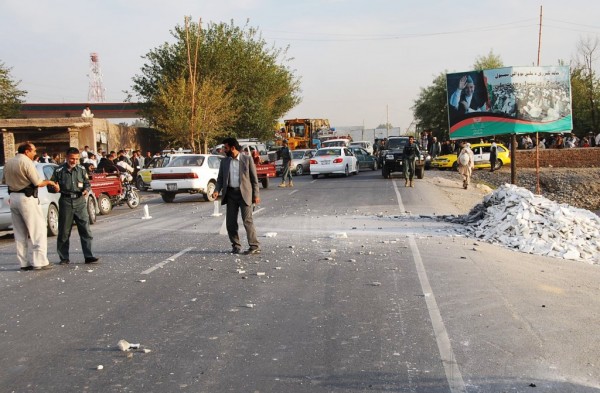
There is a plan which outlines a solid concept of operations for tribal engagement on the Pressfield blog. Major Jim Gant, an army SF Officer has written a paper called “One Tribe At A Time” and the link to download it is on the Pressfield homepage. It is a great paper especially where he relates his experience in the Kunar Province back in 2003. Major Gant succinctly covers why our current approach will not work and then goes on to recommend a strategy based of Tribal Engagement Teams. I like the part where he describes patrolling with his tribal hosts without body armor or helmets. If we are going to fight with the tribes we have to fight like they do and that means no body armor if they have none. Wearing body armor in the high mountains is stupid anyway but not all the tribes live in high mountain valleys – there are plenty of flat lander tribes too.
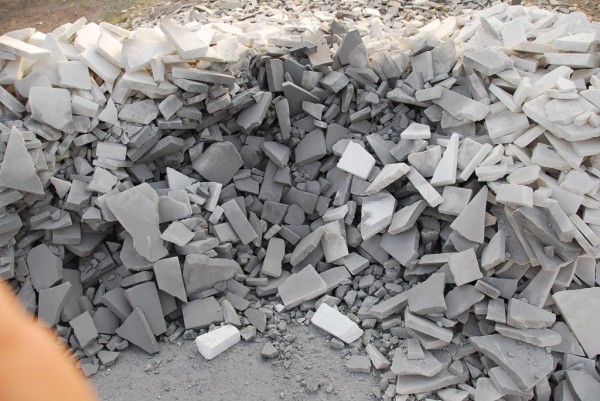
The French used a similar concept during the Indochina War when they deployed the Groupement de Commandos Mixtes Aerportes (Composite Airborne Commando Group) known by the French initials of G.C.M.A. They would send teams of volunteers (normally a junior officer and four sergeants or corporals) deep into the North Vietnam mountains to link up with tribes who rejected the communist government. Fifty years ago the French lacked the ability to resupply or even in some cases maintain contact with their inserted G.C.M.A. teams. The only way out for the G.C.M.A. team members was to be wounded, very sick, or mentally broken in which case an airplane would be sent to a remote strip for a medevac, if it were possible and it often was not. Some teams went out and were never heard from again, others ended up raising and commanding entire battalions of tribal fighters. None of the men involved received proper recognition for the unbelievably heroic efforts they put into the program because in the end they were tactically irrelevant in the large scheme of things. The Vietminh’s effective (and dreaded) 421st Intelligence Battalion targeted successful G.C.M.A. teams as soon as they surfaced and they knew what they were doing.
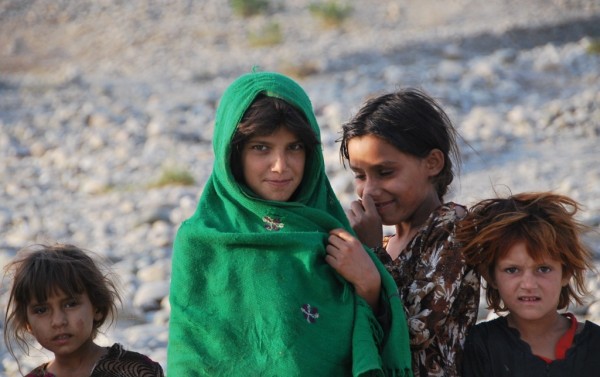
The Tribal Engagement Teams proposed by Major Gant would not have to endure the isolation, lack of logistical support, absence of command and control nor the multi-year long missions which made the G.C.M.A. such a bad deal. But 2003 was a long time ago and special forces troops have not been engaging tribes as Major Gant was able to do back then. Their reputation is not exactly great now that they are known more for universally unpopular night raids than for living out among the tribes doing the time/labor intensive work of counterinsurgency.
I think these TET’s do not need to be special forces troops anyway – a rifle platoon would be a better organization in most locations given that tribal villages are often clustered about farming or grazing land giving the platoon the ability to deploy its three squads into different villages which are part of the tribal cluster. Regardless of who does the mission one thing is certain and that is a tribal engagement strategy can’t be the central component of our Afghan strategy. It is an economy of force mission that would free up large numbers of conventional troops deployed along the Pakistani border. The conventional forces should be focused on developing the Afghan Security Forces (ANSF) so they can operate on their own if we ever to get our ground forces out of here.
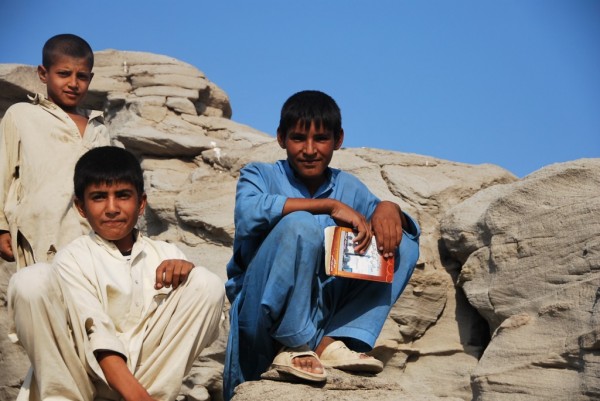
Despite the inherent coolness of an outfit like the French G.C.M.A. the best they could have done was nip around the margins of the Vietminh Army and they didn’t do that. But Afghanistan is different and the Taliban doesn’t have an army. Tribal Engagement strategies have another huge advantage which our military and civilian leaders do not want to talk about and that is they cut out the central government in Kabul. The biggest threat to our interests in Afghanistan is he blatant, in your face corruption that defines the Karzai government. If we don’t acknowledge this and find a way to work around it every penny we spent and droop of blood we lost will be in vain. When we eventually leave, the Taliban will return and Afghans who were foolish enough to believe in us and cooperate with us will be hunted down and slaughtered. In that respect the end game here will be identical to the end game in Vietnam.
Nothing about Afghanistan is easy or straight forward but the TET concept is worth a shot.



My knee-jerk reaction to MAJ Gant’s work is that this seems to be remarkably similar to the USMCs Combined Action Platoons (CAPs) in Vietnam as well…If I recall, these Marines were simply line grunts who volunteered, with no real Special Operations training…
Everyone focuses on the USMC CAP program. But the Special Forces Civilian Irregular Defense Group program was far more widespread and successful and established long before the USMC CAP program. The CAP program was small and not executed country wide but the CIDG program was throughout the RVN. But just goes to show you the USMC PR machine is the best of all the services.
The Thunder Run has linked to this post in the blog post From the Front: 11/09/2009 News and Personal dispatches from the front and the home front.
For sure, the tribal militia idea is not the magic wand to solve every problem, but it’s a damn good beginning if it is adapted and shaped according to each particular locality.
All security is local so why not enable the Locals to provide it for themselves? Somehow we have got to find a way to get the Locals invested in the fight against the Taliban, even if it only on a purely defensive basis. The U.S. can take care of aggressively pursuing the bad guys, but for God’s sake we should be able to find Locals in each district who are willing to take the guns, money and civic projects the U.S. can offer in exchange for keeping the Taliban out.
As to the Mayor of Kabul (aka Karzai), it may be time for the U.S. to have a nice chat with him and explain that his butt only stays on the throne as long as U.S. forces keep it there. So Karzai can mind his corrupt businesses in Kabul (for now) and stay the heck out away from our work with the Locals.
Integrating the Locals into some kind of national or even provincial security force is an intermediate (if not long term) project. Pushing the Taliban out of the villages is the immediate need.
After spending a year in A-Stan and more than half of that about 45 minutes south of Kabul I agree with the bottom up approach. The local tribes are the way to start the process especially with security. Bringing in ANP from other areas create a conflict from day one. I had the opportunity to see the beginning of a program in Wardak that recruits locals to be the police in their own villages. If they continue and replicate this in other places I believe will make a big diffrence. Letting the locals be responsible for themselves.
I really enjoy the FRI site. Keep up the good work.